How to grow and care for wisteria outdoors
With the onset of spring, white and light lilac clusters of beautiful buds begin to bloom in the gardens. It pleases the eye with its blooming wisteria. Planting and caring for a climbing plant is up to every summer resident. It can be planted by the gazebo, or decorated with a vine at the entrance gate and walls of the house. The abundant and long blooming of wisteria creates an atmosphere of a fabulous country on the backyard.
Plant species
The second name of the plant is wisteria. It belongs to a rare genus of deciduous lianas that are part of the legume family. It grows in natural conditions in the Caucasus, East Asia, Crimea and America. The cultivation of wisteria in the open field is successfully proceeding in the south of Ukraine and Russia, since in these regions there are rather warm winters and hot summers.
Until recently, residents of a more severe climate had to carefully cover the vine with the onset of cold weather, but, despite such care, it often froze and died. This problem has now been resolved. Breeders have bred a frost-resistant wisteria variety, which received the poetic name "Blue Moon". It can withstand air temperatures up to -40C, and now the tree-like liana can be planted without fear in central Russia, in the Urals and in southern Siberia.
Wisteria has 9 varieties. The most popular among summer residents, in addition to the frost-resistant variety, are the following.
- Chinese wisteria. Liana grows up to 20 meters, blooms almost all summer with pale lilac flowers, the brushes of which reach 30 cm;
- Japanese wisteria. This is a short liana. It grows about 9 meters long, but compares favorably with other varieties with larger leaves and flowers;
- Wonderful wisteria. It weaves up to 10 meters. In June, it blooms with white or bluish flowers.
The rest of the wisteria varieties are less common, and they are rarely used for landscaping in our country.
Planting creepers
Before planting, it must be borne in mind that wisteria is a perennial plant, so the place for it should be carefully chosen. Growing wisteria will be more successful if it is rooted in a sunny, sheltered from the wind, an area with nutritious slightly alkaline soil. The plant is planted in the open ground in spring, when the last frosts end and the ground warms up well. If done earlier, delicate seedlings may not take root.
- The plot of land where the cultivation of wisteria is planned must be dug up onto a shovel bayonet, after having saturated the soil with mineral fertilizer. The recommended dose is 20-30 g per sq. m area.
- Then dig a hole 50 cm deep and wide, pour a thick layer of broken brick or expanded clay inside and sprinkle it lightly with earth.
- Then pour a bucket of water into the recess. Wait until it is absorbed and place the seedling there.
- Sprinkle it with earth from the garden, gently pressing down with your hands, and moisten the ground again.
Get ready for the fact that at first, wisteria will not actively grow. Do not stop regular grooming, and gradually she will start to release thin shoots. The first abundant flowering can be seen not earlier than in 4-5 years.
How to properly care
Competent care is to tie up young shoots. Growing vines should take place next to a durable and powerful support that can withstand gusts of wind and the weight of an adult plant.
Advice
It is advisable to tie the wisteria to the support yourself. If she starts to drag herself, then it will be difficult to unravel and lay her on the ground before frost.
Wisteria care is impossible without regular watering.Make sure that the ground is always moist, but without stagnant water under the bush. From the beginning of flowering until autumn, watering should be slightly reduced. Waterlogged soil can lead to the fact that the wisteria will drop open brushes. The next day after moistening, do not forget to carefully loosen the ground under the vine so that a crust does not form in the hole, which prevents the plant from developing normally. In extreme heat, it is useful to spray the shoots with water from a hose. This treatment removes dust from the leaves and freshens well.
When the last leaves fall off the wisteria, you need to start preparing for the winter.
- Since most varieties of wisteria do not tolerate severe frosts, they need to be insulated.
- To do this, huddle the root part high, untie the shoots from the support and carefully spread them on the ground.
- Sprinkle the plant with a thick layer of dry grass and spruce branches on top.
Young shoots are vulnerable to low temperatures, so be sure to cover wisteria in central Russia and in the Ural region.
Pruning
In order for the care to be complete, the plant needs pruning. Without it, wisteria will not bloom well and for a long time. Most wisteria flowers bloom on last year's and before last year's shoots, so it is important that the flower buds form on them correctly. To do this, all branches of the creeper are shortened by 2 cm in May.
Fall grooming also includes pruning. In September, you need to cut off the tops from young shoots, counting 4 buds from the top. By following these recommendations, you will achieve the maximum splendor of the flowering plant.
After flowering, remember to remove dry buds, and regularly dispose of diseased old branches.
How best to feed
Growing wisteria is impossible without systematic feeding. During active growth and flowering, they must be produced once a week. Experienced gardeners recommend alternating mineral and organic fertilizers.
Kemira Lux has proved itself well. It provides the plant with useful elements for a long time. The fertilizer is sold in liquid and granular form. To feed wisteria, it must be diluted and used strictly according to the instructions.
From organic dressings for wisteria, a mullein solution is ideal.
- You need a large barrel to make it. Place a bucket of cow dung there, which you managed to overheat, and pour 5 buckets of water.
- Stir and let sit for 2 weeks to infuse.
- After half a month, the top dressing is ready, and you can use it.
- Before use, dilute the organic solution with water at a ratio of 1:10 and pour the wisteria into the root.
In the middle of summer, you can feed the plant with chalk once. To do this, grind 100 g of chalk into powder, dissolve in 10 liters of water and moisten the soil under the growing vine.
Advice
If you want to see a wild bloom, use nitrogen fertilizers with care. Their excess in the soil will lead to the fact that wisteria will build up green mass and grow rapidly upward, but will stop blooming altogether.
Seed propagation
Growing vines from seeds is rarely practiced, since the method is rather complicated and not always successful.
- You will need to prepare potting soil for planting. Take one piece of sand and one piece of sod land, add four pieces of leafy soil to them and mix well.
- Place the soil in a special box with holes in the bottom, sow the seeds and sprinkle the soil with water from a spray bottle.
- Cover the top of the box with plastic or glass. Place a kind of greenhouse in a warm, dark place for 4 weeks.
During this period, do not forget to raise the glass for ventilation and watering. During this time, the first shoots will hatch in the box. After a month, they can be placed on a lighted windowsill and provided with normal care. When the plants have 2 leaves, they need to be transplanted into large containers along with a lump of earth on the roots. Continue growing seedlings on the windowsill throughout the winter. In the spring they are rooted in the street.They take root well outdoors, but often do not bloom for a long time.
Reproduction by layering
The easiest way to get a new plant is by layering. In May, pick up a healthy young shoot about 15 cm long. Make an oblique cut in the middle with a sharp knife. Place a wide container with fertile soil next to the vine. Tilt the prepared branch and dig in the pot. The tip of the shoot must necessarily remain free. If the layering is provided with full-fledged care, which includes potassium-phosphorus fertilizing and watering, it will gradually take root and grow.
By the fall, the cuttings grow well, and several branches appear. Excess shoots must be mercilessly cut off, carefully separated from the adult wisteria, and the plant in a pot must be brought into the cellar for the winter. In the spring he is transplanted to a new place.
In addition to these two methods, some craftsmen manage to propagate wisteria by grafting on the roots or cuttings. The methods are ineffective and rarely give a positive result.
In Siberia, wisteria is often grown in large pots in the summer, which are placed in the garden. When late autumn comes, the plant is brought into the cellar, where it stands until spring. The next year, the vine is transplanted into a wider pot and again taken out into the street.
Wisteria looks great in landscaping. She perfectly disguises unsightly walls, decorates fences or gazebos. Be sure to plant this unpretentious plant, and in a few years your home will be completely transformed.
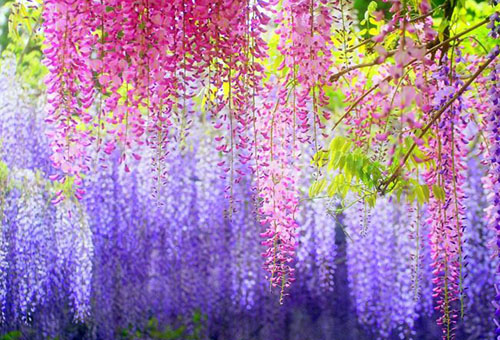
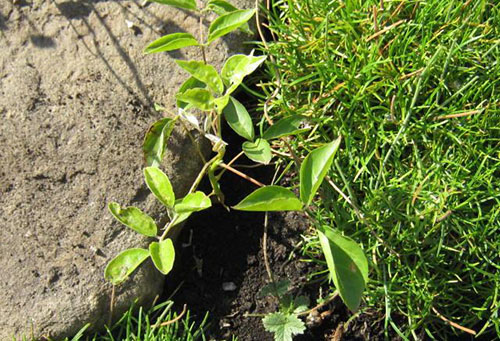

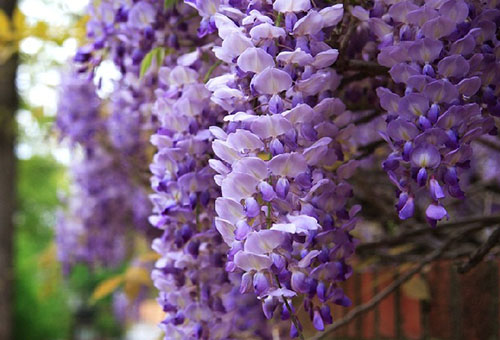
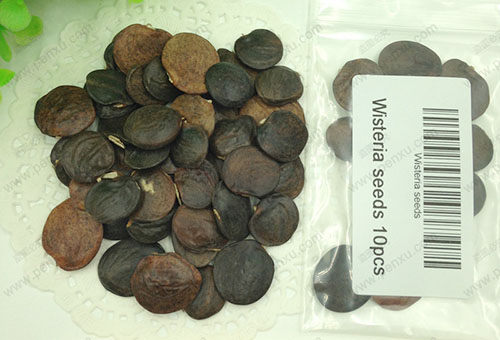
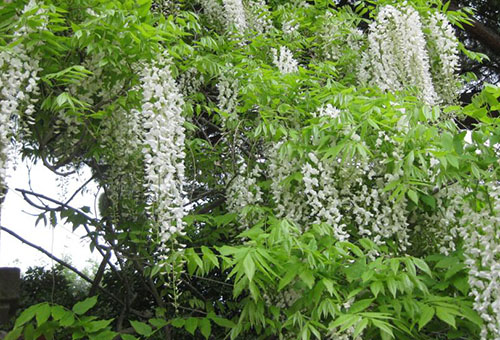
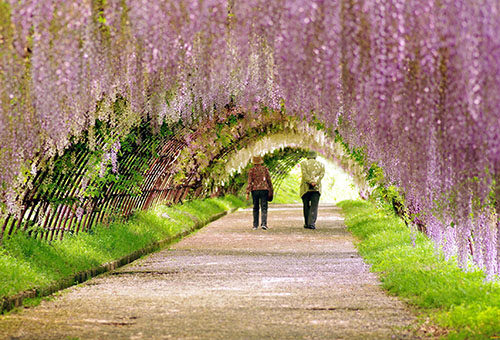
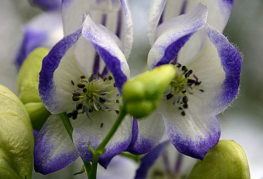
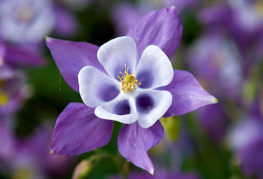
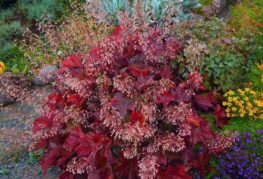
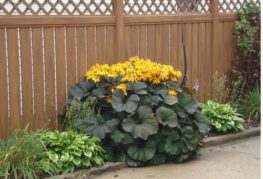
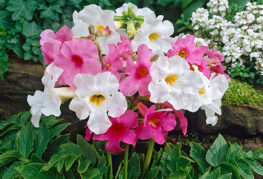
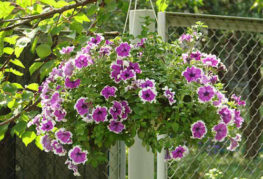
and will be published shortly.